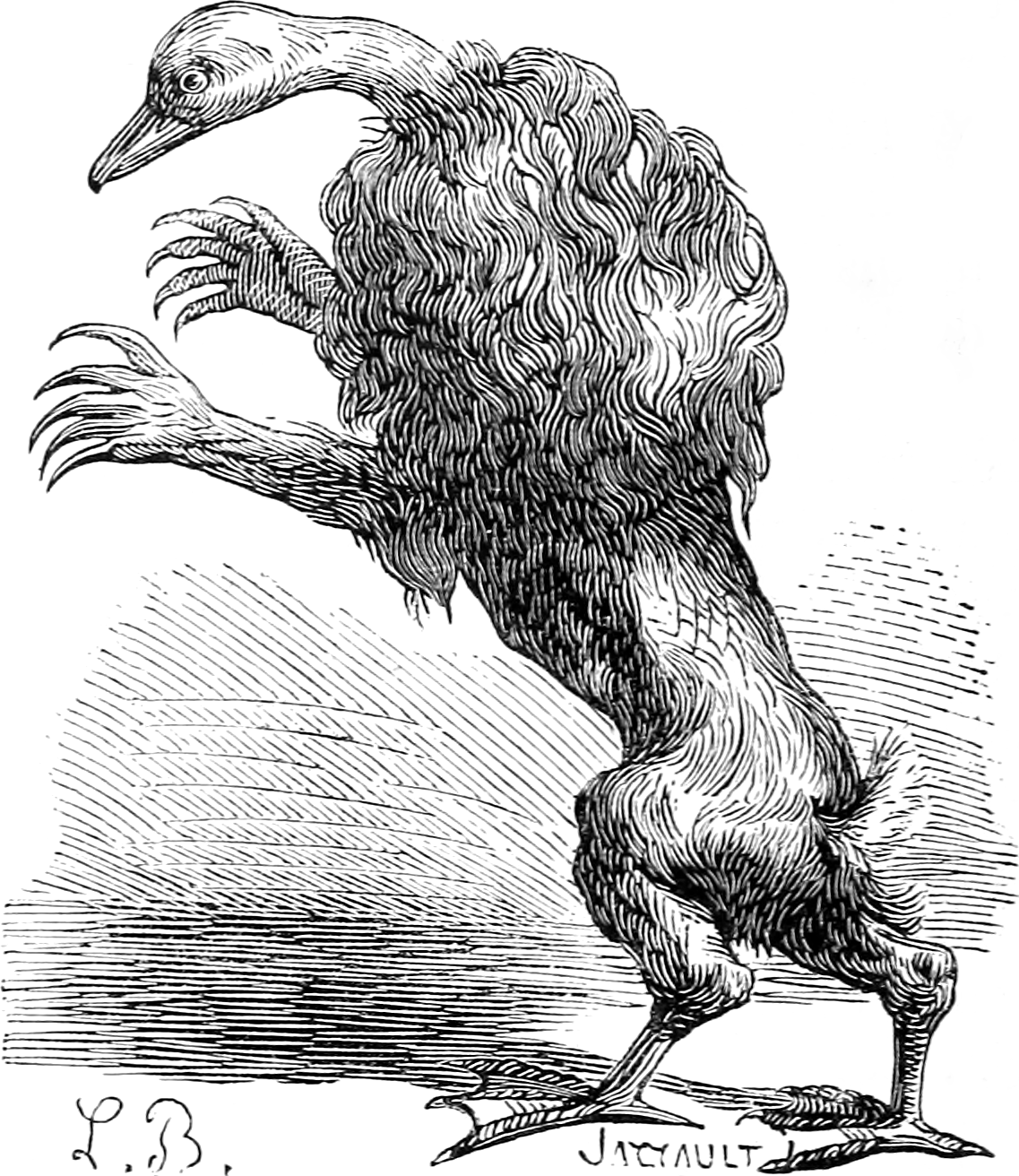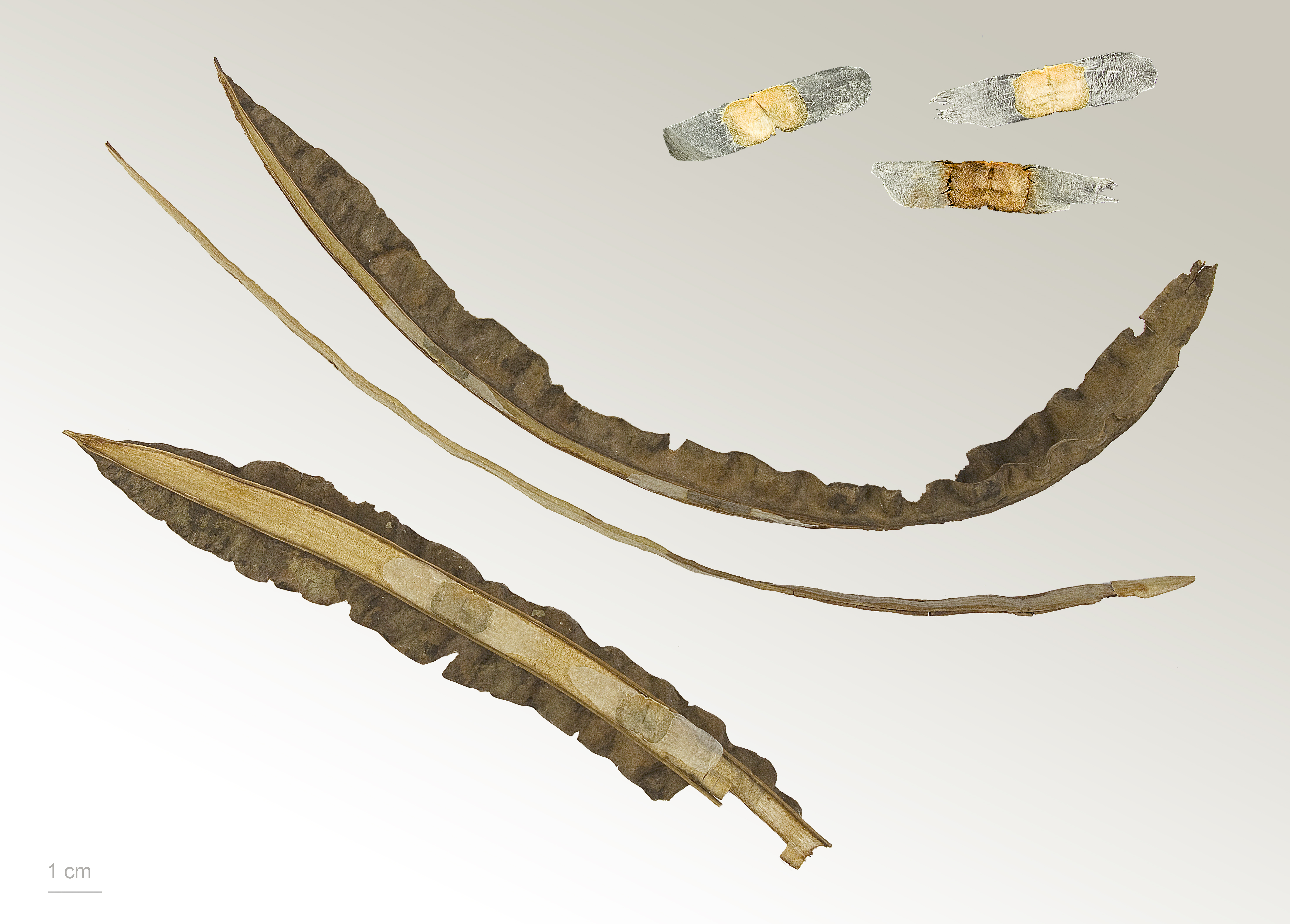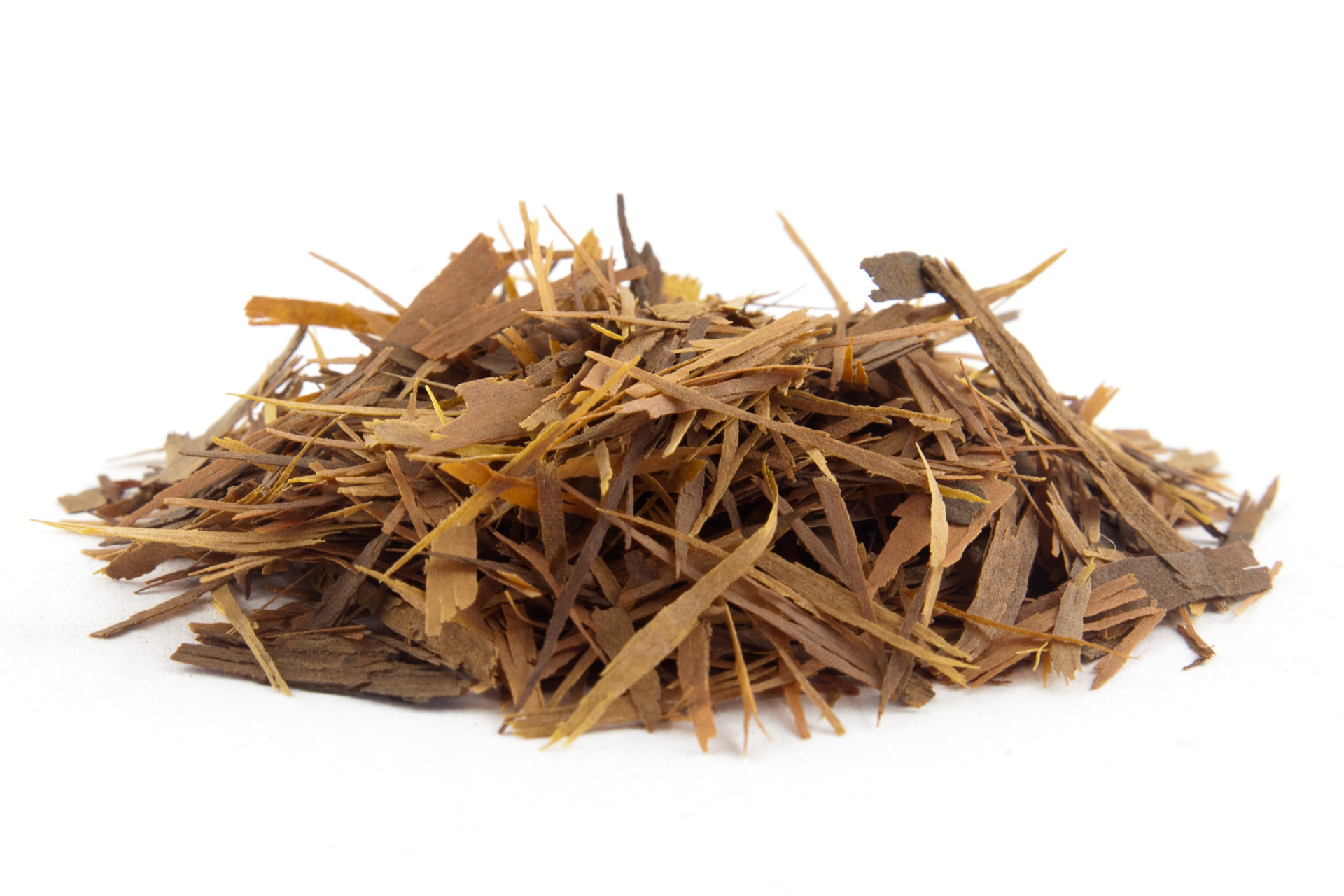|
Ipes
IPES may refer to: * Instituto de Pesquisas e Estudos Sociais, a Brazilian think tank of the 1960s * Inverse photoemission spectroscopy * Ipos, an Earl and powerful Prince of Hell in demonology * '' Tabebuia'', Ipê trees * Lapacho Lapacho or taheebo is herbal tea made from the inner bark of the pau d'arco tree ''Handroanthus impetiginosus''. Lapacho is used in the herbal medicine of several South and Central American indigenous peoples to treat a number of ailments inclu ..., a medical tea * Improved Proposed Encryption Standard {{disambiguation ... [...More Info...] [...Related Items...] OR: [Wikipedia] [Google] [Baidu] |
Instituto De Pesquisas E Estudos Sociais
Founded in Rio de Janeiro in 1962 by Augusto Trajano de Azevedo Antunes (Caemi) and Antônio Gallotti (Light S.A.), the Instituto de Pesquisas e Estudos Sociais (''Institute of Research and Social Studies''), or IPÊS, was one of the two leading conservative think tanks (the other was the IBAD) organized from the late 1950s with the explicit goal to prevent what was deemed as the spread of Communism over Brazil. However, differently from the IBAD, that openly funded the campaigns of anti-Communist politicians, the IPES centered its work in the field of anti-governmental propaganda, through the production of movies of "democratic indoctrination", financing of courses, seminars and lectures, publishing of anti-Communist books and pamphlets (such as "UNE, instrumento de subversão" - ''UNE, instrument of subversion'', addressed to undergraduate students) and the cooptation of organizations opposing the government of President João Goulart, such as the ''Círculos Operários'' (Rio d ... [...More Info...] [...Related Items...] OR: [Wikipedia] [Google] [Baidu] |
Inverse Photoemission Spectroscopy
Inverse photoemission spectroscopy (IPES) is a surface science technique used to study the unoccupied electronic structure of surfaces, thin films, and adsorbates. A well-collimated beam of electrons of a well defined energy (< 20 eV) is directed at the sample. These electrons couple to high-lying unoccupied s and decay to low-lying unoccupied states, with a subset of these transitions being radiative. The photons emitted in the decay process are detected and an energy spectrum, photon counts vs. incident electron energy, is generated. Due to the low energy of the incident electrons, their penetration depth is only a few atomic layers, making inverse photoemission a particularly surface sensitive technique. As inverse photoemission probes the electronic states above the [...More Info...] [...Related Items...] OR: [Wikipedia] [Google] [Baidu] |
Ipos
In demonology, Ipos is an Earl and powerful Prince of Hell (a Duke to some authors) who has thirty-six legions of demons under his command. He knows and can reveal all things, past, present and future (only the future to some authors, and past and future to others). He can make men witty and valiant. He is commonly depicted with the body of an angel with the head of a lion, the tail of a hare, and the feet of a goose, less frequently in the same shape but with the body of a lion, and rarely as a vulture. ''Other spellings'': Aiperos, Ayperos, Ayporos, Ipes. See also *The Lesser Key of Solomon ''The Lesser Key of Solomon'', also known as ''Lemegeton Clavicula Salomonis'' or simply ''Lemegeton'', is an anonymous grimoire on demonology. It was compiled in the mid-17th century, mostly from materials a couple of centuries older.''Lemegeto ... Sources *S. L. MacGregor Mathers, A. Crowley, '' The Goetia: The Lesser Key of Solomon the King'' (1904). 1995 reprint: . Goeti ... [...More Info...] [...Related Items...] OR: [Wikipedia] [Google] [Baidu] |
Tabebuia
''Tabebuia'' is a genus of flowering plants in the family Bignoniaceae.Eberhard Fischer, Inge Theisen, and Lúcia G. Lohmann. 2004. "Bignoniaceae". pages 9-38. In: Klaus Kubitzki (editor) and Joachim W. Kadereit (volume editor). ''The Families and Genera of Vascular Plants'' volume VII. Springer-Verlag: Berlin; Heidelberg, Germany. The common name "roble" is sometimes found in English. ''Tabebuias'' have been called "trumpet trees", but this name is usually applied to other trees and has become a source of confusion and misidentification. ''Tabebuia'' consists almost entirely of trees, but a few are often large shrubs. A few species produce timber, but the genus is mostly known for those that are cultivated as flowering trees.David J. Mabberley. 2008. ''Mabberley's Plant-Book'' third edition (2008). Cambridge University Press: UK. ''Tabebuia'' is native to the American tropics and subtropics from Mexico and the Caribbean to Argentina. Most of the species are from Cuba and Hi ... [...More Info...] [...Related Items...] OR: [Wikipedia] [Google] [Baidu] |
Lapacho
Lapacho or taheebo is herbal tea made from the inner bark of the pau d'arco tree ''Handroanthus impetiginosus''. Lapacho is used in the herbal medicine of several South and Central American indigenous peoples to treat a number of ailments including infection, fever and stomach complaints. The active ingredients such as lapachol have been found to possess significant abortifacient and reproductive toxicity effects for rats. Taheebo is the common name for the inner bark of the red or purple lapacho tree. This tree grows high in the Andes of the South American rainforest. The red lapacho's purple-colored inner bark was one of the main medicines used by the Incas and has been used for over 1,000 years by the Kallawaya. Lapacho is traditionally promoted by herbalists as a treatment for a number of human ailments, including cancer. According to the American Cancer Society, "available evidence from well-designed, controlled studies does not support this substance as an effective tr ... [...More Info...] [...Related Items...] OR: [Wikipedia] [Google] [Baidu] |


